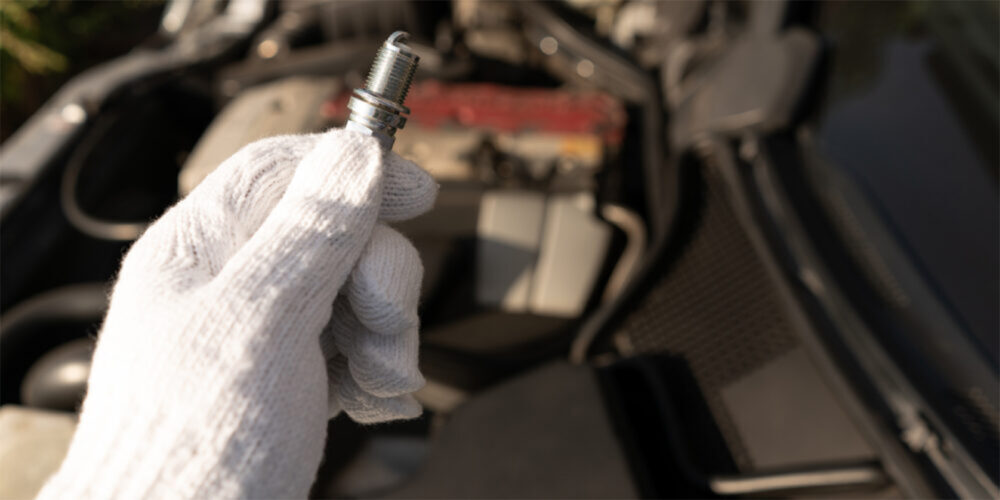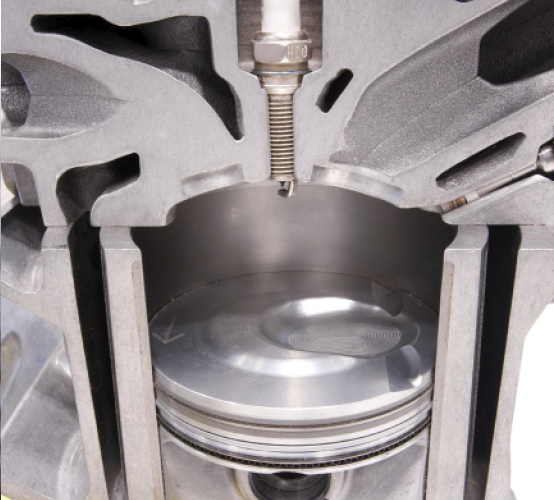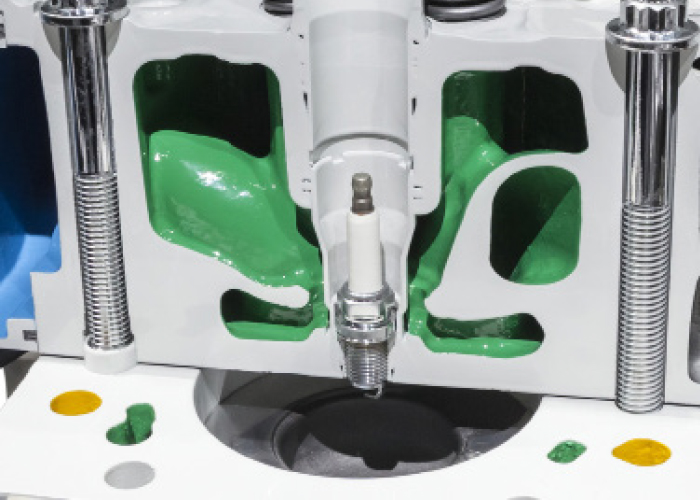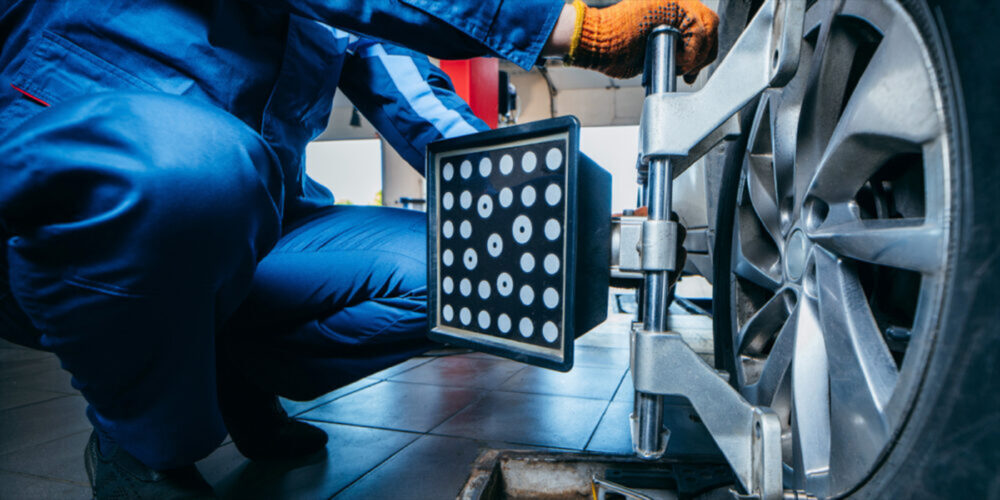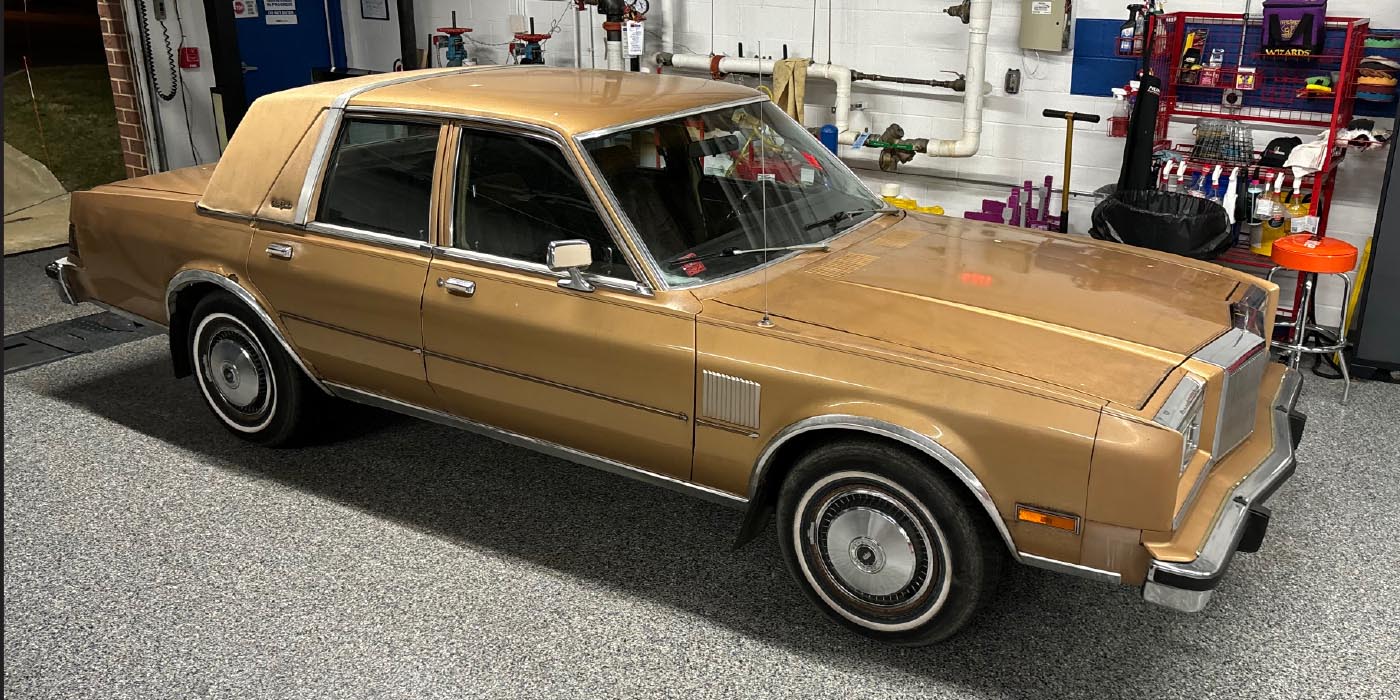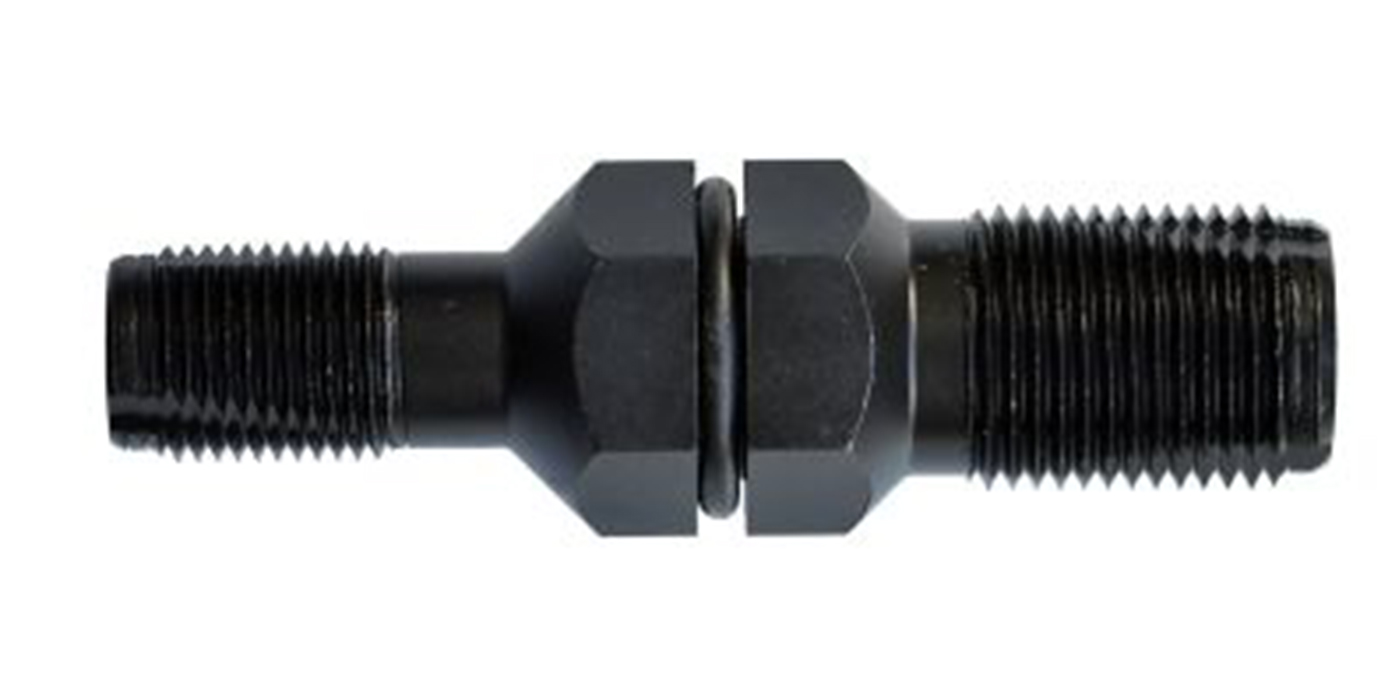Whenever somebody asks me what’s new, I usually respond by saying, “Nothing really.” And, that’s the same response I get when I ask the question of others. Why, I’m not sure, because there’s almost always something new. But, in my case, it’s probably because it’s not exciting enough to talk about.
So, when I got the question “what’s new with spark plugs?” I knew my standard answer wouldn’t fly. Then I thought: It’s a fair question. What IS new with spark plugs? They do what they do, right? Is it possible for them to change? Copper, platinum or iridium are the main choices we have, and heat ranges differ between applications. But, aside from that, have they changed much at all since they were invented?
The answer to that question is yes, and it makes the whole topic a little more interesting. With all the advancements the internal combustion engine has seen over the years, spark plugs are the components that always have had to bridge the gap (no pun intended) between the old and new, and advancements can be tracked throughout the entire existence of the automobile.
Did you know that early spark plugs could be taken apart for cleaning, and that you could buy replacement porcelain insulators and electrodes to effectively rebuild the spark plug? And, that they sealed in the cylinder head by pipe threads and the plug wires were held on by a screw?
Here’s another interesting fact: Have you heard of primer plugs? In the early days of the automobile, fuel systems left a lot to be desired with the use of updraft carburetors, and it was often difficult to start a car on cold days due to the lack of fuel getting to the cylinders. Primer plugs had a small cup attached, in which you would put a few drops of gasoline, then open the valve to allow it to flow into the cylinder. The engine then would have fuel to ignite for starting.
We haven’t seen plugs like that in years, and, at a glance, today’s plugs look like those from 50 years ago. However, the reality is that they’ve remained in constant evolution. Copper plugs were the standard up through the 1970s, but the need for reduced emissions and leaner-running engines required a stronger spark. The advancements of electronic ignition provided this change, and spark plug technology kept pace with the introduction of platinum precious-metal plugs.
Not too long after, with the introduction of distributorless ignition, the continued development of precious metals led to double-platinum and iridium plugs, as well as fine-wire iridium, allowing precise ignition control and design to maximize combustion efficiency.
As we roll through the first part of the 21st century, engineering never slows down for the internal combustion engine, and four valves per cylinder along with direct injection are squeezing the real estate in an engine – and spark plugs have had to get smaller and smaller to fit. This also has opened additional upsell opportunities for tools because the combination of 13/16-inch and 5/8-inch spark plug sockets that once covered every vehicle made is no longer the case. Now, we frequently need 9/16-inch and 14-millimeter sockets, as well as 12-point variations.
In the world of high performance, smaller plugs are lighter weight and provide room for larger valves, and the smaller hole in the cylinder head provides increased cylinder-head strength as well as improvements in cooling-passage design.
Smaller plugs also mean smaller ceramic insulators, which, in turn, means engineering improvements to design these smaller insulators so they can retain their high dielectric strength.
Just when you thought there couldn’t be any more advancements, a new precious metal stepped into the game: ruthenium. My first thought was whowhatenium? But I checked: It’s on the periodic table. I must not have paid enough attention in science class. The bottom line is that ruthenium is an incredibly tough and durable metal. When used as the center-electrode material in spark plugs, it offers increased durability and is more resistant to corrosion and oxidation than iridium or platinum.
Ruthenium plugs also have brought new electrode designs in a double-fine electrode that maximizes ignitability, designed for normally aspirated engines, and a projected square platinum electrode that provides the best ignitability, designed for turbocharged and supercharged applications.
Ruthenium plugs are generally known for improved cold starting and fuel efficiency, but reportedly don’t perform as well under extreme conditions such as high-speed engine operation or in vehicles hauling heavy loads. They can be a great upgrade for most applications, but be aware of the situations in which they may not perform as well. So, it turns out, there IS something new with spark plugs, and at the rate of today’s technology, there most likely always will be.

